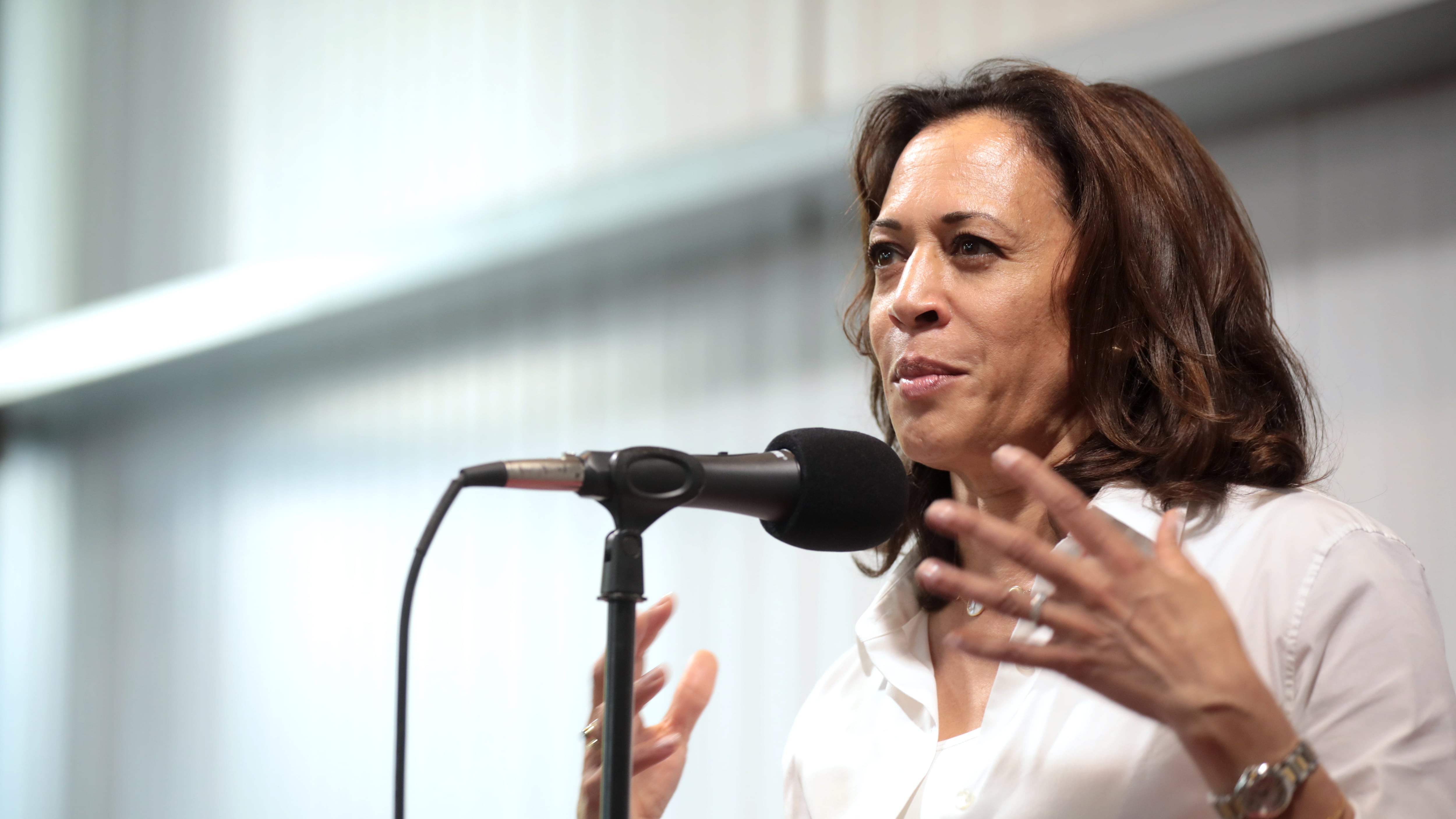President Joe Biden beat former President Donald Trump in Oregon in 2020 by 16 percentage points. In 2016, the Democratic nominee, former Secretary of State Hillary Clinton, defeated Trump by 11 points.
But the first publicly released poll on the likely matchup in November between Trump and Vice President Kamala Harris shows a narrower margin among likely Oregon voters—just 5 points.
In a head-to-head matchup, pollster Tim Nashif of Hoffman Research found that Harris, a Democrat, leads Trump, a Republican, 49% to 44% with 7% of voters undecided. If Robert F. Kennedy Jr. and Green Party candidate Jill Stein make the ballot, they would each get a small slice of the vote (7% for Kennedy, 1% for Stein), but the margin between Harris and Trump remains unchanged.
“It’s closer than I expected,” Nashif says.
Although the margin is narrow, prospective voters expressed very different feelings about the two major-party candidates.
Nashif has been polling Oregonians since 1984, usually on behalf of conservative candidates. He polled 700 Oregonians chosen at random between July 24 and 26. His sample is built to recognize that non-affiliated voters, who outnumber Democrats and Republicans, are far less likely to vote than members of the two largest parties (about 30 percentage points less likely).
Nashif says the narrowness of Harris’ lead, even though she only recently became the likely Democratic nominee, surprised him.
“People think Oregon is much more liberal and progressive than it is,” Nashif says. “The urban-rural divide is huge—just look at the move in rural counties to secede and join Idaho. The people who are conservative in Oregon tend to be very conservative.”
Kennedy appearing to draw equally from Republicans and Democrats also surprised Nashif. “That doesn’t appear to be the case in some swing states, where he seems to be helping Trump,” Nashif says.
The questions about presidential candidates are part of a broader statewide poll Nashif conducted. He says people may look at Harris’ 5–point margin and draw a mistaken conclusion—that Oregon is in play for Trump.
But years of statewide elections show that’s extremely unlikely, Nashif says. The gap may be small, but he believes its unbridgeable. While GOP candidates regularly outperform the roughly 10% voter registration advantage Democrats hold over Republicans, Nashif says cycle after cycle shows that GOP candidates in statewide races have a high floor but a ceiling that’s too low to get elected. (Gov. John Kitzhaber, for instance, eked out a 1.53–percentage–point win over Republican Chris Dudley in 2010, and Gov. Tina Kotek won in 2022 over Republican Christine Drazan by 3.42%.)
“In my opinion, Trump has no chance to win the state of Oregon,” he says. “People might say it’s only 5 points, he could do it. But if you know the history of recent elections in Oregon, it can’t happen.”

